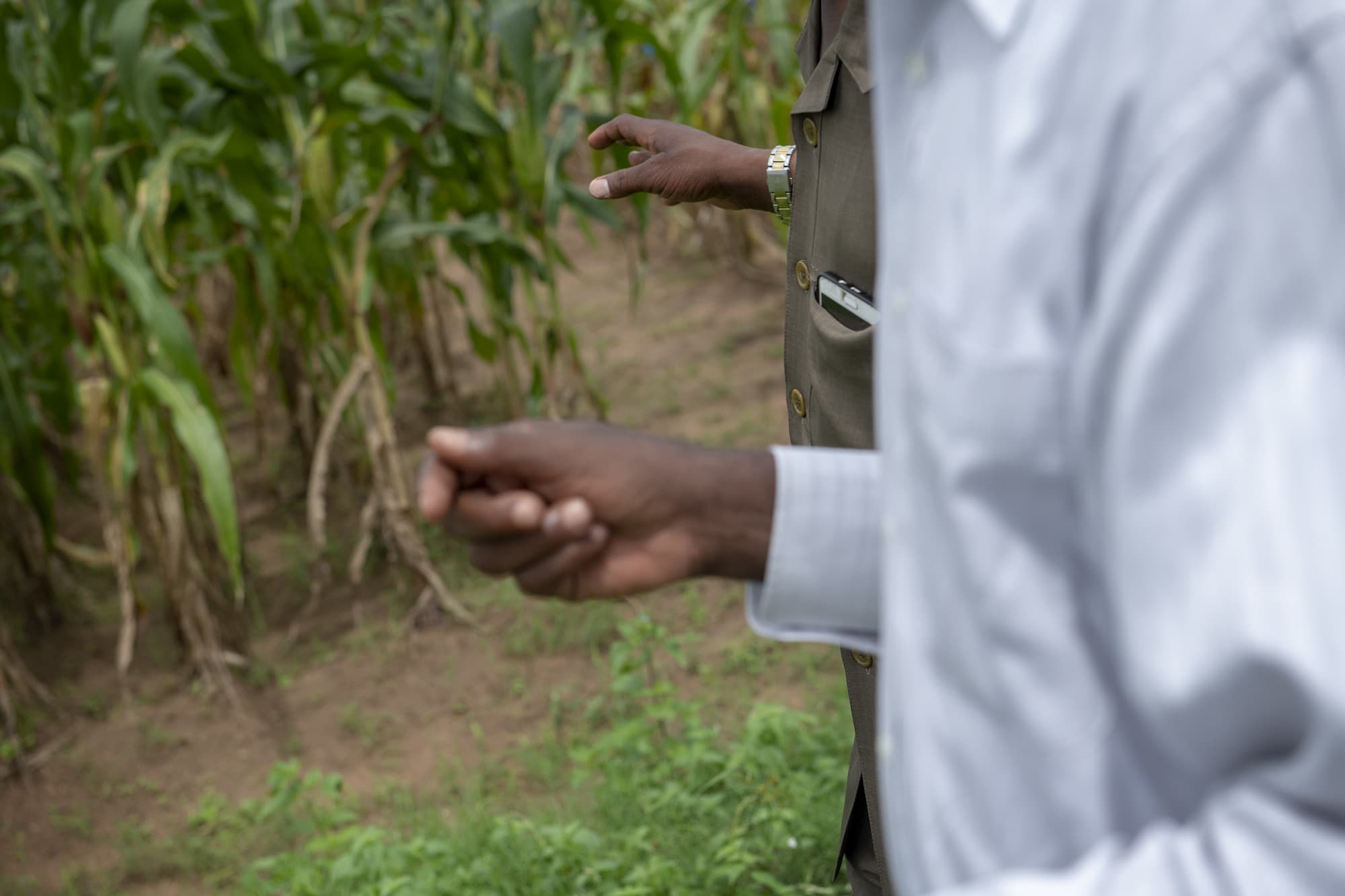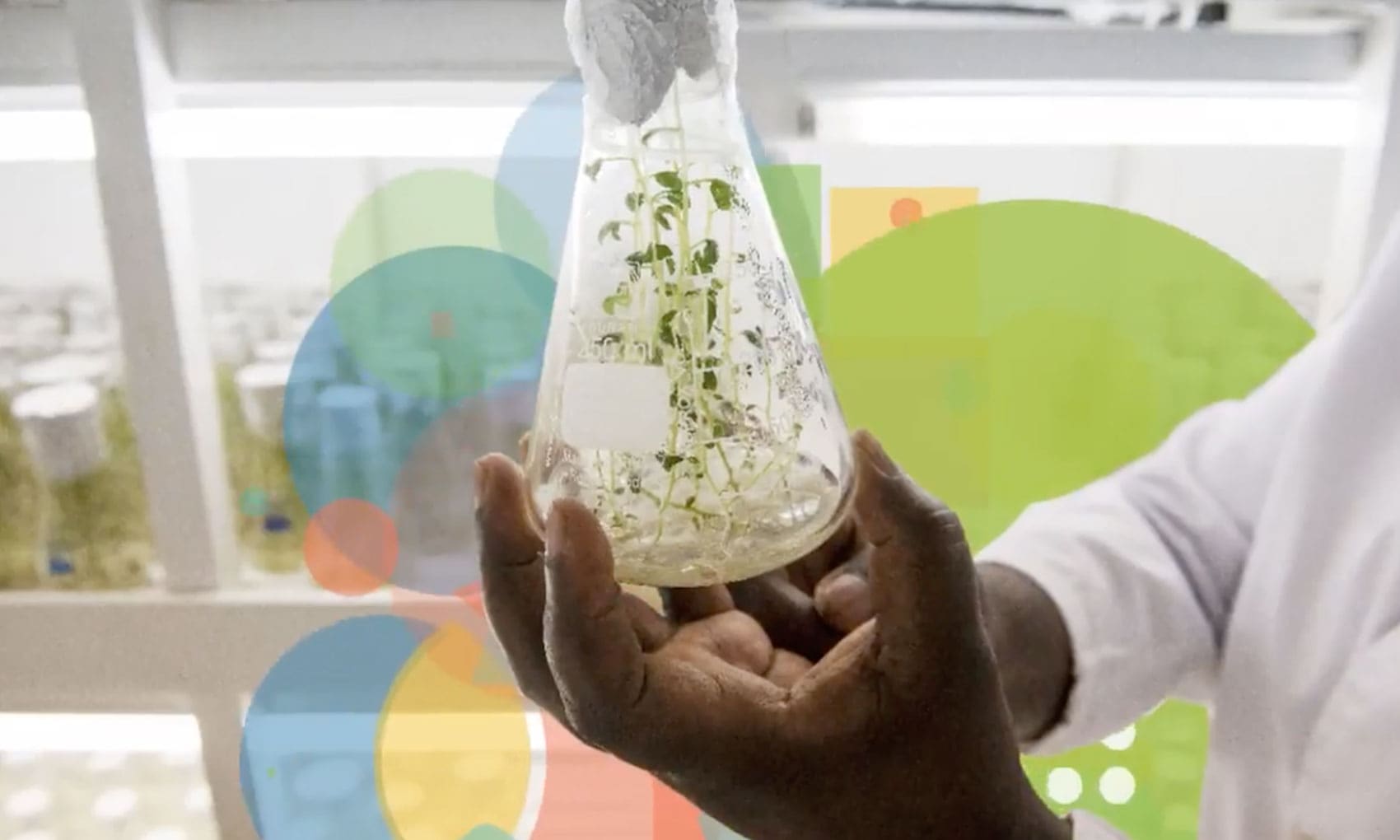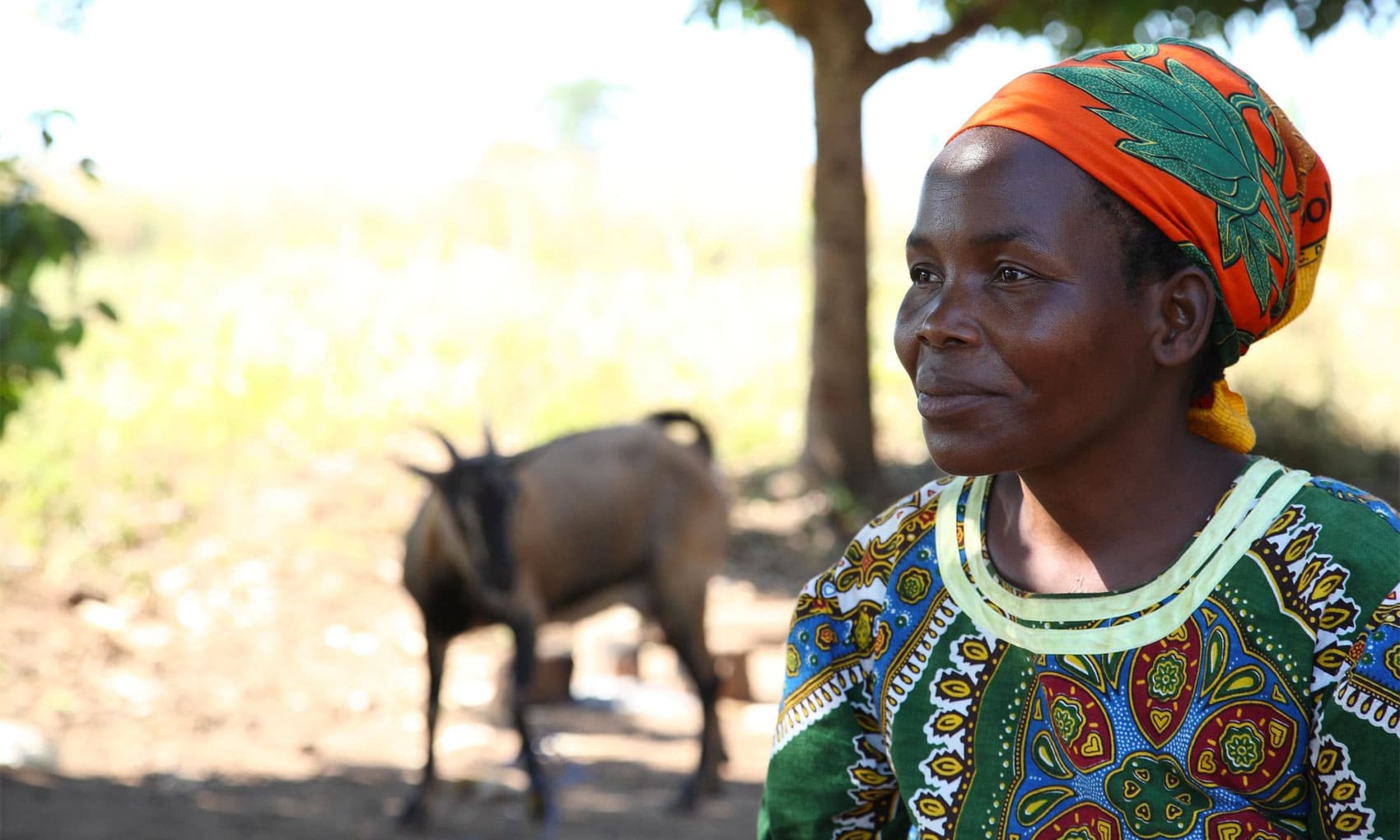In West and Central Africa, parboiled rice is a cooking staple used in many popular local dishes. It is also a significant contributor to the livelihoods of rural women, who mainly carry out the work of parboiling rice in the husk and processing it as a quick-cook grain for consumers. However, the traditional parboiling process is laborious, unsafe, and inefficient, requiring large amounts of firewood and water. On top of this, it produces low quality rice – with impurities, broken and burnt grains, and an undesirable smell – leaving local consumers to prefer imported brands.
To improve work safety for women parboilers, and support better quality and marketability of locally parboiled rice, CGIAR researchers at AfricaRice designed a new parboiling technology known as GEM (Grain quality enhancer, Energy efficient, and durable Material). The technology involves use of energy-efficient and durable soaking tanks, steamers fired by clean cooking stoves, and a labor-saving device for easy lifting of heavy loads. Two types have been adapted to cottage parboiling industries: ‘big’ GEM, fueled by firewood, and Mini-GEM, fueled by rice husks, further saving resources in the parboiling process.
By using GEM, women parboilers have been found to make an extra $200 on every ton of rice parboiled, compared to those using traditional systems. GEM technology has also been shown to achieve a higher output rate of up to 25 tons of high-quality milled rice per month, producing grain that is lighter and more uniform in color, with no signs of heat damage or impurities, and with low levels of broken grains.
By using GEM, women parboilers have been found to make an extra $200 on every ton of rice parboiled
It also results in a cheaper, faster process, with ‘big’ GEM requiring less expenditure on firewood – around $0.64 a ton, compared to $1.83 using traditional methods – and Mini-GEM requiring no expenditure on fuel as rice husks, a by-product of rice milling, is used to power parboiling. Steaming time is reduced from 60-90 minutes to about 20-25 minutes per 50-100 kilograms of paddy. The internal rate of return (IRR) for GEM is 70%, compared to 14% using traditional methods.
Mini-GEM technology also eliminates the problem of blackening of parboiling vessels, and substantially improves workplace and environmental air quality. Women who use it do not suffer from heat burns and smoke exposure as under traditional methods, and avoid the physical burden and risk of injury from lifting heavy loads.
From 2015 to 2020, GEM was adopted in 14 rice hubs in eight countries
From 2015 to 2020, GEM was adopted in 14 rice hubs in eight countries – in Benin, Côte d’Ivoire, Ethiopia, Madagascar, Niger, Nigeria, Senegal, and Togo – supplying lower glycemic index GEM-parboiled rice to around 5,000 consumers every month.
Header photo: Women rice parboilers from Bouaké and Gagnoa in 2017 undergo training at the AfricaRice Research Station in M’bé, Côte d’Ivoire, on the use of the GEM rice parboiling system and how to turn it into a profitable enterprise. Photo by R. Raman/AfricaRice
Links & further reading
 AfricaRice Annual Report 2018: Fueling the GEM with rice husk: Good for the household economy, the environment and health (page 14)
AfricaRice Annual Report 2018: Fueling the GEM with rice husk: Good for the household economy, the environment and health (page 14)
 Publication: Upgrading the quality of Africa's rice: a novel artisanal parboiling technology for rice processors in sub‐Saharan Africa
Publication: Upgrading the quality of Africa's rice: a novel artisanal parboiling technology for rice processors in sub‐Saharan Africa















